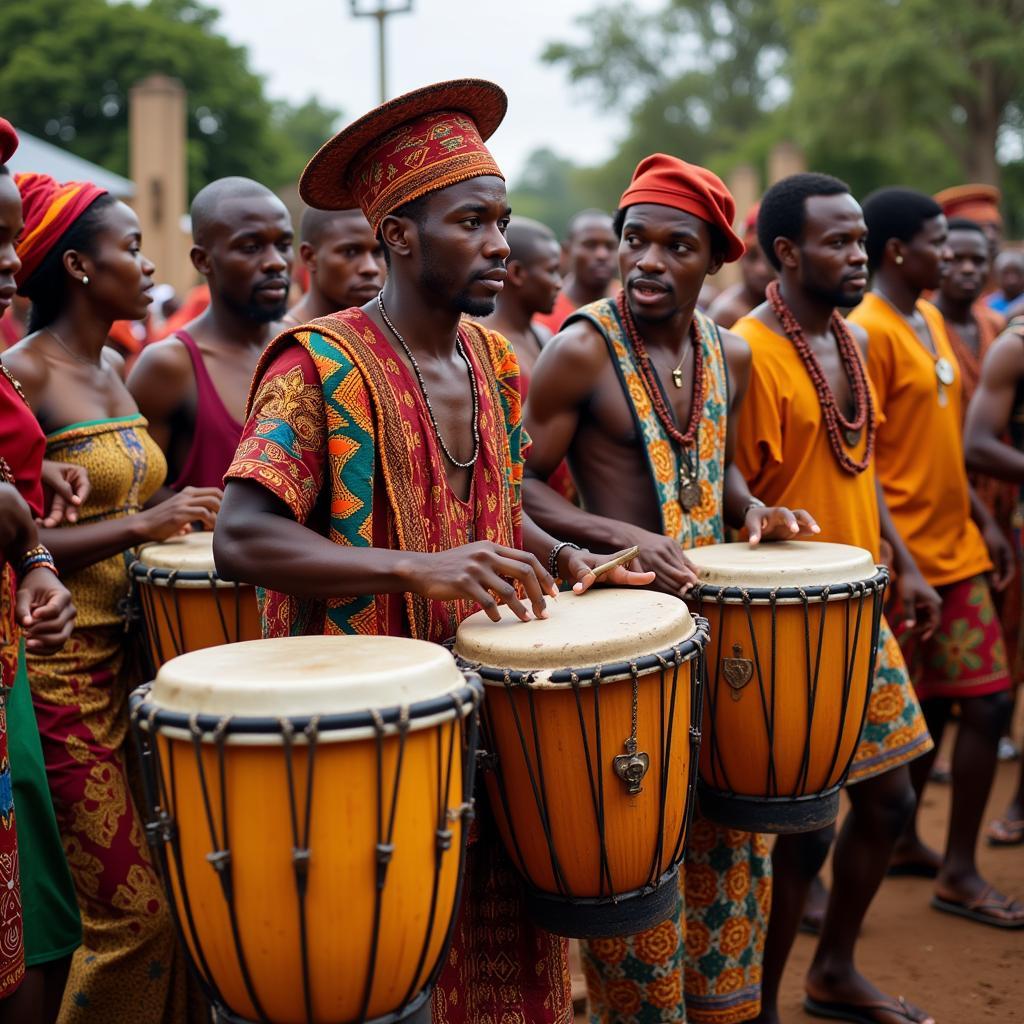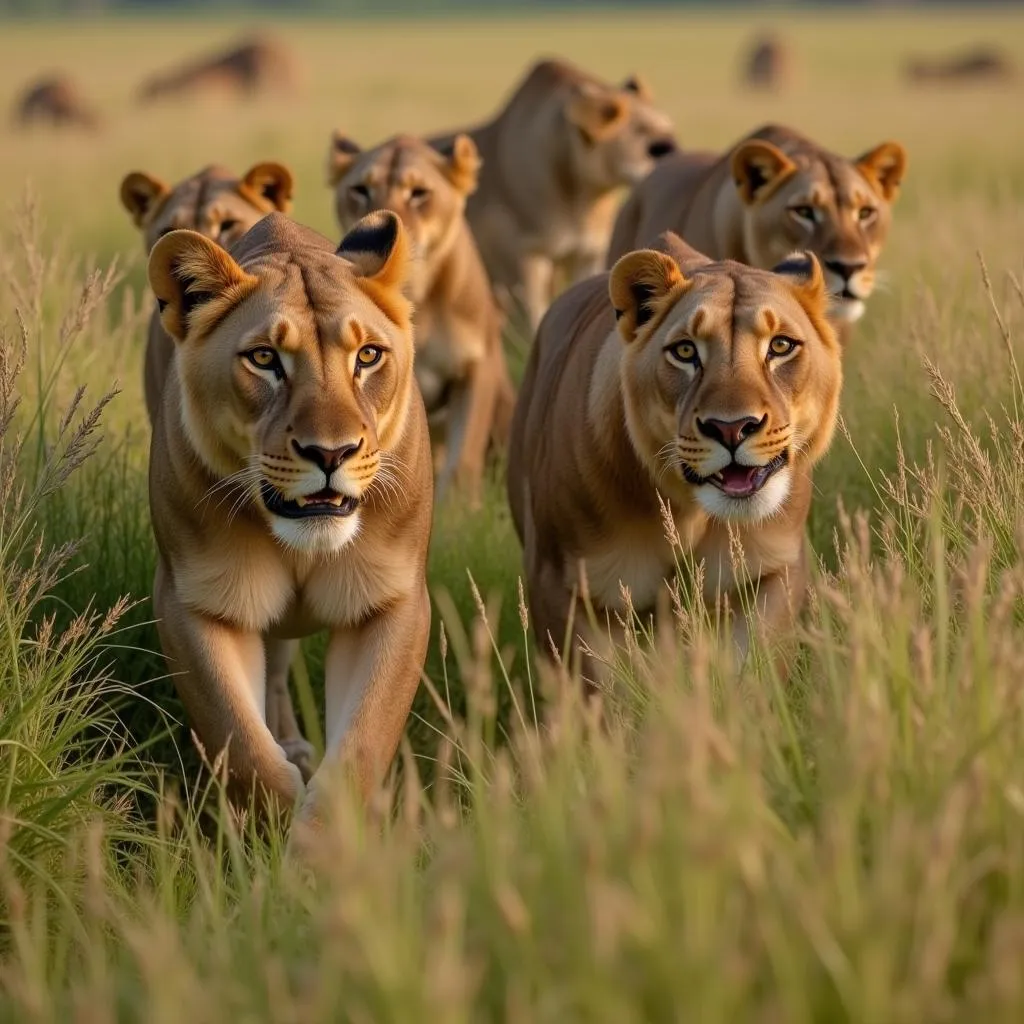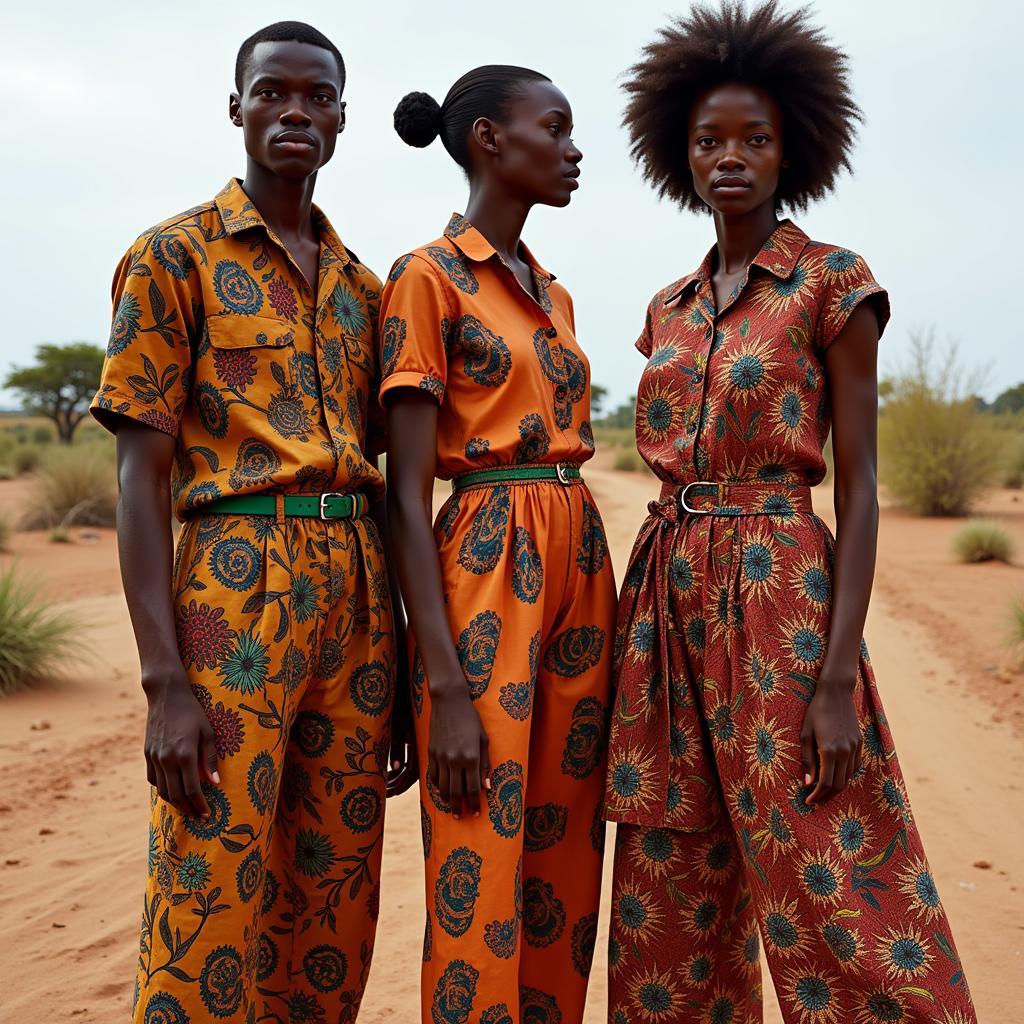Exploring Africa’s Hot, Wet Equatorial Region World Map
The African hot wet equatorial region, vividly depicted on a world map, showcases a unique ecosystem teeming with life and shaped by its consistent climate. This region, characterized by high temperatures and humidity, stretches across several countries and boasts incredible biodiversity. Let’s delve into the geographical features, climate patterns, flora, fauna, and cultural aspects of this fascinating part of the world.
Understanding the Climate of the Equatorial Region
The equatorial climate is characterized by high temperatures and heavy rainfall throughout the year. Average temperatures hover around 80°F (27°C) with little seasonal variation. This consistent warmth is due to the region’s location near the equator, where the sun’s rays are most direct. High humidity contributes to the frequent rainfall, creating a lush, green environment. This constant moisture and warmth make the region a hotbed for biodiversity.
Impact of Rainfall on the Equatorial Ecosystem
Rainfall in the equatorial region is a defining feature, impacting every aspect of the ecosystem. It shapes the landscape, dictates the types of plants and animals that can thrive, and influences the lifestyles of human populations. The heavy rainfall contributes to the formation of dense rainforests, provides a constant source of water for plants and animals, and shapes the agricultural practices of local communities.
Flora and Fauna of the African Equatorial Region
The constant warmth and moisture of the equatorial region create an ideal environment for a vast array of plant and animal life. This region is home to the world’s second-largest rainforest, the Congo Basin rainforest. Here, towering trees create a dense canopy, supporting a complex web of life.
Biodiversity Hotspot: A Closer Look
The African equatorial rainforest teems with unique species found nowhere else on Earth. From colorful birds like the African grey parrot to elusive mammals like the okapi and the western lowland gorilla, the region’s biodiversity is truly remarkable. The rainforest floor is also rich in insect life, amphibians, and reptiles.
Human Impact and Conservation Efforts
Human activities, such as logging, mining, and agriculture, pose significant threats to the fragile equatorial ecosystem. Deforestation and habitat loss are driving many species towards extinction. Conservation efforts are crucial to protect this vital region and its incredible biodiversity.
Protecting the Future of the Equatorial Rainforest
Numerous organizations and governments are working to protect the African equatorial region through initiatives like sustainable forestry practices, creating protected areas, and promoting ecotourism. These efforts aim to balance the needs of local communities with the crucial goal of preserving this irreplaceable ecosystem for future generations.
Conclusion
The African hot wet equatorial region world map reveals a fascinating ecosystem rich in biodiversity and facing numerous challenges. Understanding the interplay between climate, flora, fauna, and human impact is crucial for effective conservation efforts. Protecting this unique region is essential for preserving the planet’s biodiversity and the livelihoods of the people who call it home.
FAQs
- What countries are in the African equatorial region? Several countries, including Gabon, Republic of the Congo, Democratic Republic of the Congo, Equatorial Guinea, Cameroon, and parts of Uganda and Kenya, are located in this region.
- Why is the African equatorial region so hot and wet? Its proximity to the equator results in direct sunlight year-round, causing high temperatures. The warm air rises and cools, leading to frequent and heavy rainfall.
- What are some of the unique animals found in the African equatorial region? The region is home to unique animals like gorillas, okapis, chimpanzees, bonobos, and forest elephants.
- What are the main threats to the African equatorial region? Deforestation, logging, mining, and agricultural expansion are some of the major threats to the region’s ecosystem.
- What can be done to protect the African equatorial region? Supporting sustainable practices, promoting ecotourism, and raising awareness about the importance of conservation are crucial steps.
- What is the significance of the Congo Basin rainforest? It’s the second-largest rainforest globally, playing a vital role in regulating the Earth’s climate and supporting immense biodiversity.
- How does the climate affect the people living in the equatorial region? The climate influences agriculture, transportation, and daily life for the people living in this region.
More Resources
- Explore more articles on African wildlife and conservation on our website.
- Learn about the cultural diversity of the African equatorial region in our culture section.
Call us at +255768904061, email us at kaka.mag@gmail.com, or visit us in Mbarali DC Mawindi, Kangaga, Tanzania. Our customer support team is available 24/7.



